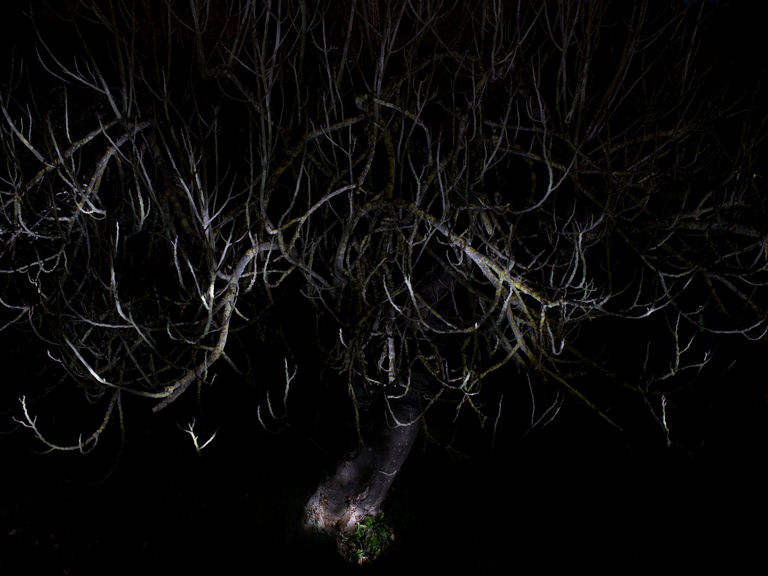Project Detail: ALIEN
Contest:
Environment and Sustainability 2022
Brand:
LuganoPhotoDays
Author:
Martina Morini
Project Info
ALIEN
Complex interconnections and balances between living organisms are the basis for the maintenance of sustainable environments. Moving just one component can lead to the demise of others. We talk about “alien species” when an organism intentionally or accidentally arrives in a new habitat and adjusts itself perfectly surviving to the new climate and environment. The Aclees Taiwanensis or black weevil allegedly arrived in Italy in 2005 with a cargo of infected fig trees from South East Asia. “ALIENS” is an ongoing project that I started during the first quarantine in Italy when, forced at home after years of working abroad, I realized that the fig tree in my garden was withering fast. Too fast to be normal. I quickly realised that all the fig trees of my neighbourhood were infested by the Aclees Taiwanensis' larvae and that the plague was extended to several regions in Italy but no one was talking about it. Pictures, following the life cycle of the insect, have been shot at night.
At the beginning of 2020, while the pandemic was spreading out and we were forced at home, I noticed that the fig tree in my garden (Ficus Carica) was withering fast. The fig tree is well known for its rustic nature and its resilience so that its drastic condition magnetised my attention. After a quick research, I was able to attribute the responsibility to an alien species of insects, a small Curculionidae, namely the Aclees Taiwanensis (black weevil).
An “alien species” is an organism (plants, fungus, animal..) that intentionally or accidentally arrives in a new habitat and adjusts itself perfectly surviving to new temperatures, climate, sustenance and reproduction.
Climate change and globalisation just exasperated a process, such as migration, that always occurred in nature whether we speak about plants, insects or humans. Plants movement and circulation occur naturally with the rhythm of nature and just increased its frequency with the human easiness of movement throughout the earth. The first big movement registered was in the “Columbian era” exploration, followed by colonialism, with the so-called “ecological imperialism”. From that period and forward, we can state that a relation of “phoresy” started between humans and other organisms, where humans are the vector that facilitates other organisms circulation from their native environment to a new one. Up to 10.000 species are estimated to be moved around the globe in ballast water through ships and smaller boats and attached to external surfaces of vessels associated with commercial shipping. Some species, with the help of climate change and global warming, succeed in the process of surviving the environment in a new territory, some others fail. For those who succeed, the process of naturalisation is underpinned by factors such as the number of individuals, number of events and resources available in the environment. Additionally, some species do not affect the balance of the new environment, while some others do.
Allegedly, the black weevil arrived in Genova’s harbour from South East Asia in 2005 with a cargo of infected fig trees (ficus carica). Since then, it slowly but steadily started its conquer of the Italian territory moving from fig to fig leaving behind nothing but dead trees. The fig trees didn’t find a place in our contemporary economy and its pest, that is slowly causing its disappearance, doesn’t move the deserved attention. In a short amount of time, I discovered that all the fig trees in my neighbourhood and in my district were suffering. Some of them were already dead and some others affected.
Its larvae dig alimentation tunnels in the fig tree’s roots and trunk causing its deterioration and then its death within two or three years. To date, this black weevil has no natural antagonist in nature and its expansion is potentially boundless.
The aim of this project is to use a multidisciplinary approach to create a visual documentary of the deterioration of the fig tree plants affected by the Aclees Taiwanensis in Italy. The seriousness of the situation is coupled with aesthetically pleasing pictures to emphasize the contrast. Contextually, following the life cycle of the insect, pictures of the affected and dying trees have been shot at night.

















